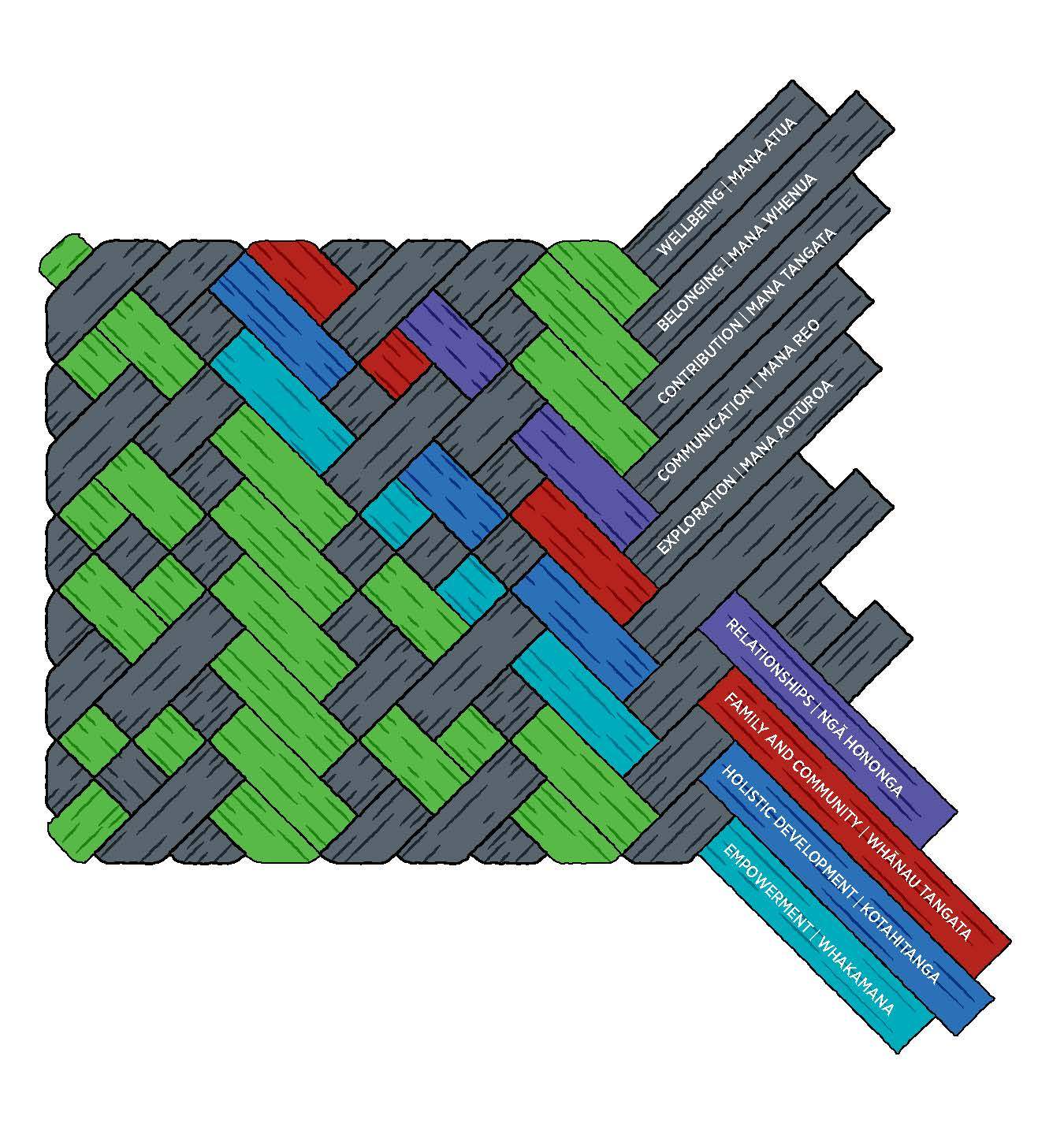Good leadership and great communication are two words that go hand-in-hand. In an ideal world all leaders would be capable of great communication; it facilitates better team relationships, ensures everything runs smoothly, and determines whether or not goals in the workplace are met and (most importantly) understood in the first place.
Early Childhood Education is no different. The education sector throughout New Zealand thrives when good leadership (and good communication) are at its forefront. While great communication doesn’t always happen in ECE, we do have some industry leaders that strive to support others in this area, and provide valuable tools and resources for all centre managers, leaders and ECE Governance.
Why good communication is important in ECE
“Weaving a whāriki takes knowledge, skill and time. It is almost always done collaboratively.” — Te Whāriki.
The culture of ECE in NZ is one based on the strands and principles of Te Whāriki. Teachers and kaiako in ECE settings must work together in partnership to create a curriculum; good communication between teachers, and leaders, is therefore called for within the very curriculum documents NZ ECE is founded on.
“Waiho i te toipoto, kaua i te toiroa. Let us keep close together, not far apart,” – a whakataukī within Te Whāriki that emphasises the need for kaiako to work collaboratively, always together.

Unlike most corporate business models, the model of an ECE team environment is one that calls for respect, togetherness and collaboration with all educators and leaders alike - always. The very nature of teaching within ECE calls for great communication as the foundation for effective team relationships.
Codes and Standards, Teaching Council
Let’s take it a step further and look at the values underpinning the Codes and Standards required by the Teaching Council, NZ:
WHAKAMANA: empowering all learners to reach their highest potential by providing high-quality teaching and leadership.
MANAAKITANGA: creating a welcoming, caring and creative learning environment that treats everyone with respect and dignity.
PONO: showing integrity by acting in ways that are fair, honest, ethical and just.
WHANAUNGATANGA: engaging in positive and collaborative relationships with our learners, their families and whanau, our colleagues and the wider community.
All of these define teachers in NZ, including leaders. All of these mention empowering others, respecting others, acting ethically and engaging positively.
In order to provide the curriculum and the Codes and Standards as a teacher in NZ, good communication isn’t just an option, it’s a necessity.
Communication in ECE; the breakdown
Unfortunately, there are a number of significant reasons why we can assume good communication in ECE isn’t always followed in practice.
ECE leaders and managers are often hugely overworked; resulting in tiredness, burnout and lapses in otherwise good practice. Meeting registration requirements and documenting these are always possible, however at times this isn’t always followed through by leadership within their daily practice. Without strong and ethical mentorship for all ECE leaders, upholding the codes and standards of the Teaching Council can sadly fall into the box of ‘maintained’ rather than being a priority.
Time restrictions and the sheer work overload placed on teachers, combined with long working hours and huge documentation requirements, often places communication challenges on leaders too. Many centres can only meet formally once a fortnight as a team (due to funding and salary restrictions), which is often conducted after work hours to gather everyone together. Where other businesses can meet formally as part of their daily work, those in ECE need to do so after a 10 or 12 hour day, cutting into valuable family time.

While effective communication that occurs face-to-face is ideal, often in ECE this simply isn’t possible. Teachers may be busy on the floor or rostered at different times, it may not be an appropriate topic to discuss in front of children, volunteers or parents, or there simply aren’t enough hours in the day to do so.
Is there an ideal way to communicate in leadership?
Leading with heart and soul (which happens to be the title of the book from Toni Christie, Co-Founder of Childspace) is the way many leaders in ECE are heading.
A quick look at online forums used by teachers in NZ shows that finding good ways to communicate as a team is often sought after - indicating a need and desire to create an environment where effective communication is the cornerstone of daily practice.
What does leading with heart and soul mean in a practical sense? Largely it defines a values based approach to leadership within ECE; taking into account values such as courage, honesty, grace, gratitude and respect.
Leaders need effective communication to:
- Offer inspiration by sharing thoughts and ideas
- Be a strong role model
- Encourage teachers to contribute to a creative service by finding ways forward and articulating a strong sense of direction
- Work collaboratively and inclusively to administer the service efficiently
- Enhance others personal growth, empowerment and professional development
Many centre leaders initiate their own forms of communication in order to meet the vast needs of teams, and to establish effective communication in their centres.
- Whiteboards or “daily diaries” in staffrooms are used to pass on vital information about children in their care or confidential information.
- Facebook messenger chat groups or private groups are set up (with teachers manually noting they’ve read the message).
- Programs such as Educa and StoryPark are used to record meeting minutes.
- 1:1 catch-ups with goal setting and support occur
- Self-responsibility is encouraged

Using creative solutions such as Information Communication Technology (ICT) provides leaders with the means to communicate effectively - challenging the lack of time provided in a typical working day within ECE. When teachers and leaders are time-poor, overworked and unable to facilitate face-to-face conversations regularly, effectively communicating and showing value as a leader is about constant adaptation and change.
Creativity is the leading theme with these communication styles - leaders within ECE using the tools at their disposal to meet the needs of everyone in their team.
How can ECE leaders communicate showing other values, such as courage, honesty, gratitude and respect?
The Educational Leadership Project (ELP) NZ recommends the following:
- Encourage engagement and professional development.
- Create a shared sense of purpose.
- Build strong relationships.
- Grow their own emotional intelligence
“If we simply learned the skills and knowledge of teaching, we would teach like technicians. We learn to teach by being the person we are, then we teach from our heart.” — Gibbs (2009).
5. Share leadership
“The importance of every teacher and every leader finding their voice cannot be underestimated. In any early childhood setting there will be many leaders. Leadership is distributed and shared in many ways. We need to encourage a community of learners who are eloquent, persuasive, strong, energetic and willing to debate and contribute to the community of practice.” — Wendy Lee. ELP NZ.
NZ ECE leaders in communication
For further reading, the following leaders within ECE New Zealand represent these values and provide reading and professional development in their field:
- Kimberley Crisp “Lead from the heart”
- Toni Christie “Leading with heart and soul”
We would love to hear your experience with developing communication strategies and your recommended reading list. Jump onto our Facebook page and share your thoughts and insights.
Sources: